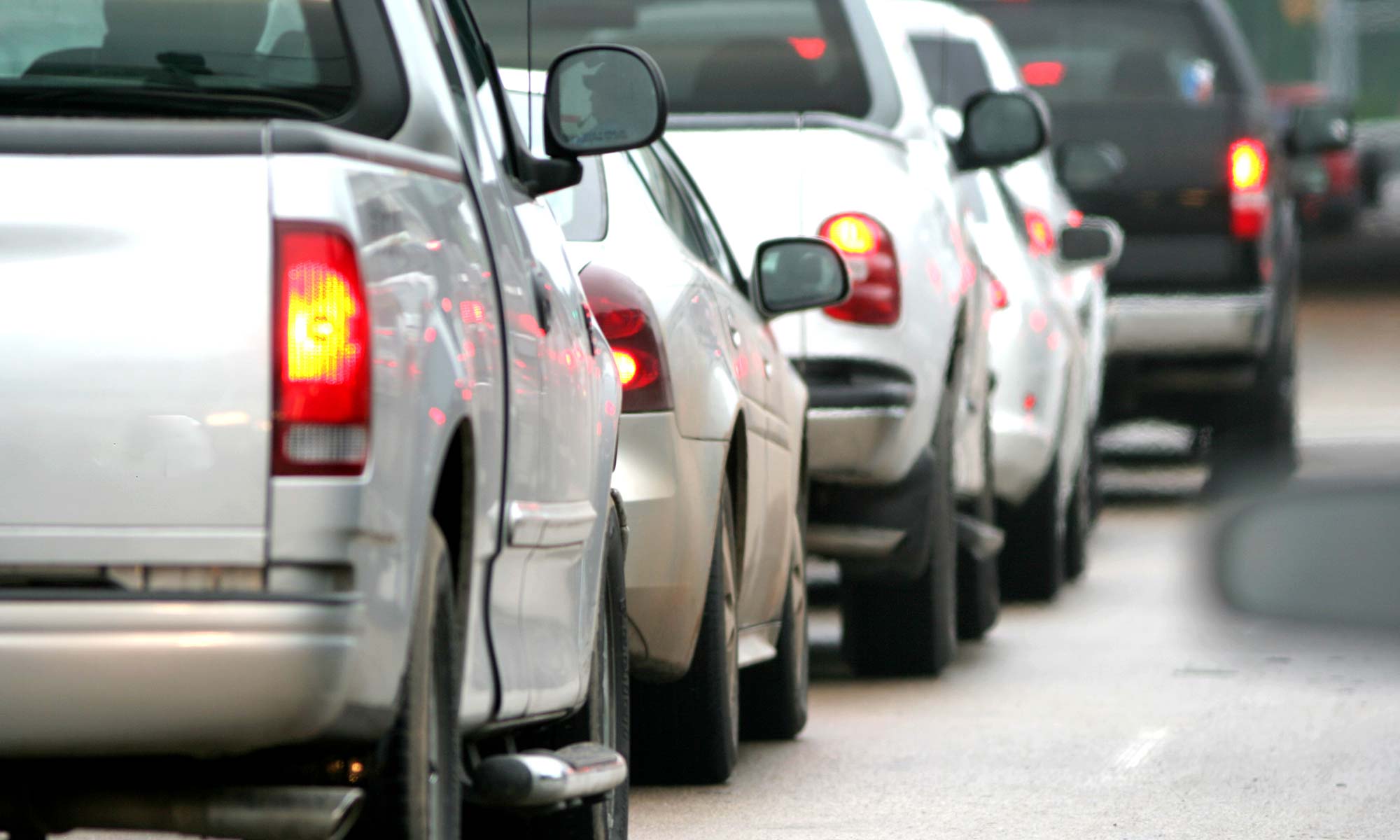Definition and Usage
Bumper to bumper meaning – The term “bumper to bumper” is commonly used to describe a situation where vehicles are closely packed together, typically in a traffic jam. In this context, “bumper” refers to the front or rear protective part of a vehicle, and “bumper to bumper” indicates that the vehicles are so close that their bumpers are almost touching.
Bumper to bumper means something is packed closely together, like cars on a busy road. Similarly, in sports, an underdog is a team or individual who is not expected to win. Just as cars in bumper to bumper traffic may be stuck and unable to move, an underdog team may face significant challenges and be considered unlikely to succeed.
However, both in traffic and in sports, bumper to bumper situations and underdog teams can surprise us with their resilience and determination.
Beyond traffic, the phrase “bumper to bumper” can also be used to describe other situations involving overcrowding or physical proximity. For example, a crowded concert venue might be described as “bumper to bumper” with people.
Bumper-to-bumper traffic, a relentless parade of vehicles inching forward, evokes a sense of frustration and impatience. Yet, within this seemingly endless procession, there exists an underdog spirit, an unyielding determination to persevere against all odds. Just as in an underdog movie , where the protagonist faces insurmountable challenges with unwavering resilience, bumper-to-bumper traffic becomes a metaphor for the arduous journey toward our goals, reminding us that even in the most congested moments, the spirit of perseverance prevails.
Bumper-to-Bumper Traffic, Bumper to bumper meaning
In the context of traffic, bumper-to-bumper conditions often occur during rush hour or in areas with high traffic volume. When traffic is bumper to bumper, vehicles are typically moving very slowly or are at a standstill. This can be frustrating for drivers, as it can lead to significant delays.
Bumper to bumper, the cars lined up endlessly, a testament to the city’s relentless growth. But amidst the hustle and bustle, there were stories of triumph, like the rags to riches story of a young entrepreneur who had started with nothing and now owned a fleet of vehicles.
Bumper to bumper, the city’s pulse throbbed with ambition and possibility.
Bumper-to-Bumper Crowds
The phrase “bumper to bumper” can also be used to describe situations where there is a large crowd of people. For example, a popular tourist destination might be described as “bumper to bumper” with tourists during peak season.
Bumper-to-Bumper Proximity
In a more general sense, “bumper to bumper” can be used to describe any situation where two or more objects are very close together. For example, two buildings might be described as “bumper to bumper” if they are built right next to each other.
Variations and Synonyms

The phrase “bumper to bumper” is a versatile expression with several variations that convey similar meanings. These variations include “wall-to-wall” and “packed like sardines,” each carrying subtle nuances in their usage.
Wall-to-Wall
The term “wall-to-wall” is often used to describe a situation where there is no space between objects or people. It is commonly employed in contexts such as describing a crowded room or a fully booked event. For instance, a concert hall can be described as “wall-to-wall” when it is filled to capacity, with no empty seats.
Packed Like Sardines
The phrase “packed like sardines” is a vivid expression that evokes the image of a tightly packed space. It is typically used to describe situations where people or objects are crammed together in a confined area. This variation emphasizes the extreme level of crowding, as sardines are known to be densely packed in cans.
Examples and Applications: Bumper To Bumper Meaning

The phrase “bumper to bumper” is commonly used to describe situations where vehicles are closely packed together, creating a sense of congestion and restricted movement. This term aptly conveys the tightness of the situation, where vehicles are so close that their bumpers are almost touching.
Real-Life Examples
- Rush hour traffic: During peak commuting hours, roads often become bumper to bumper, as vehicles inch forward slowly due to the sheer volume of cars.
- Parking lots during events: When large events draw crowds, parking lots can become bumper to bumper, making it challenging to find a space or maneuver through the packed vehicles.
- Narrow roads with heavy traffic: In areas where roads are narrow and traffic is heavy, vehicles may be forced to drive bumper to bumper, creating a slow and frustrating driving experience.
In the realm of traffic, bumper to bumper signifies an endless stream of vehicles, like a relentless dance that knows no respite. This congestion mirrors the arduous journey from rags to riches rags to riches meaning , where every step forward is met with relentless resistance.
Yet, like the slow but steady progress of cars in a bumper-to-bumper jam, the path to financial freedom can be paved with perseverance and unwavering determination.
In a city where traffic snarls are a daily occurrence, bumper-to-bumper conditions are all too common. But what does “bumper to bumper” really mean? Simply put, it means that traffic is so congested that vehicles are lined up bumper to bumper, unable to move forward.
In the United States, the term “tailgate” is often used to describe a similar situation, where vehicles are so closely spaced that the tailgate of one vehicle is touching the bumper of the vehicle in front of it. Tailgate meaning is a more informal term than “bumper to bumper,” but it conveys the same idea of severe traffic congestion.